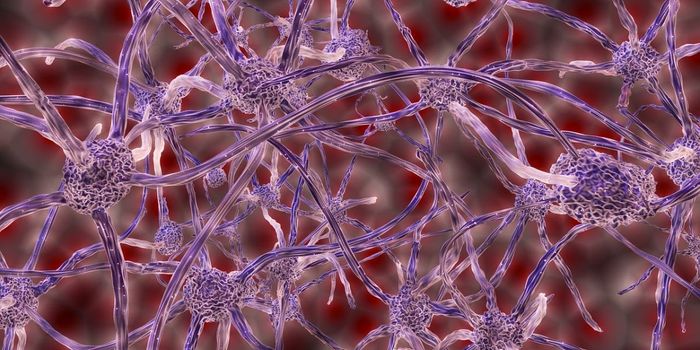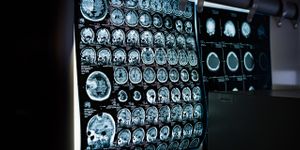Ketamine's Restructuring of the Brain Exposed with High-Resolution Mapping
A recent study published in Cell Reports by Datta et al. provides a view of ketamine's effects across the entire brain. Insights from this new brain-mapping technology might be the key to perfecting treatments with the powerful drug.
Scientists from Columbia University examined the impact of repeated exposure to ketamine on dopamine-producing neurons throughout the brain. Ketamine doses ranged from those mimicking human depression treatment, anesthetic therapy, and recreational highs. The researchers mapped the production of an enzyme essential for dopamine synthesis, alpha-tyrosine hydroxylase (TH). They obtained a high-resolution understanding of the sub-cellular and extensive brain restructuring caused by ketamine. But ketamine's effects weren't universal.
CC Attribution-Share Alike 4.0 International
Repeated ketamine treatments over ten consecutive days resulted in both increases and decreases in the number of neurons expressing TH depending on the brain region. TH-labeled neurons in the midbrain, renowned for their influence on mood, decreased. These neurons did not necessarily vanish but became imperceptible due to low TH expression. As the neurons ceased to express TH so did their ability to be contributing members of the dopamine system.
The study also unveiled alterations in long-range dopamine-releasing neurons, affecting areas such as the prefrontal cortex, striatum, and sensory regions. Additionally, the regulation of RNA within cells changed, leading to the suppression of TH production.
Intriguingly, ketamine treatments demonstrated an opposing effect in various areas of the hypothalamus, leading to an increase in TH-labeled neurons.
Knowing the nuanced impact of ketamine may inspire a paradigm shift in ketamine treatments. Senior author Raju Tomer, Ph.D. suggests that "Instead of bathing the entire brain in ketamine, as most therapies now do, our whole-brain mapping data indicates that a safer approach would be to target specific parts of the brain with it, so as to minimize unintended effects on other dopamine regions of the brain," (via EurekAlert!).
A surprising departure from the conventional scientific method, the scientific research was conducted without the tether of a predefined hypothesis. The authors described their process as "unbiased," opting to observe the effects of ketamine throughout the brain without preconceived expectations. This approach is often derogatorily referred to as "a fishing expedition." Nonetheless, by eschewing a predetermined hypothesis, the researchers fostered a unique space for discovery, unveiling insights into the structural and functional alterations induced by repeated exposure to ketamine, ultimately contributing to a deeper understanding of its neurological impact.
Sources: Cell Reports, EurekAlert!
In a broader context, Tomer expresses optimism about the study's impact on ketamine's diverse applications. "This study gives us a deeper brain-wide perspective of how ketamine functions, contributing to improved uses of this highly promising drug in various clinical settings while minimizing its recreational abuse."









